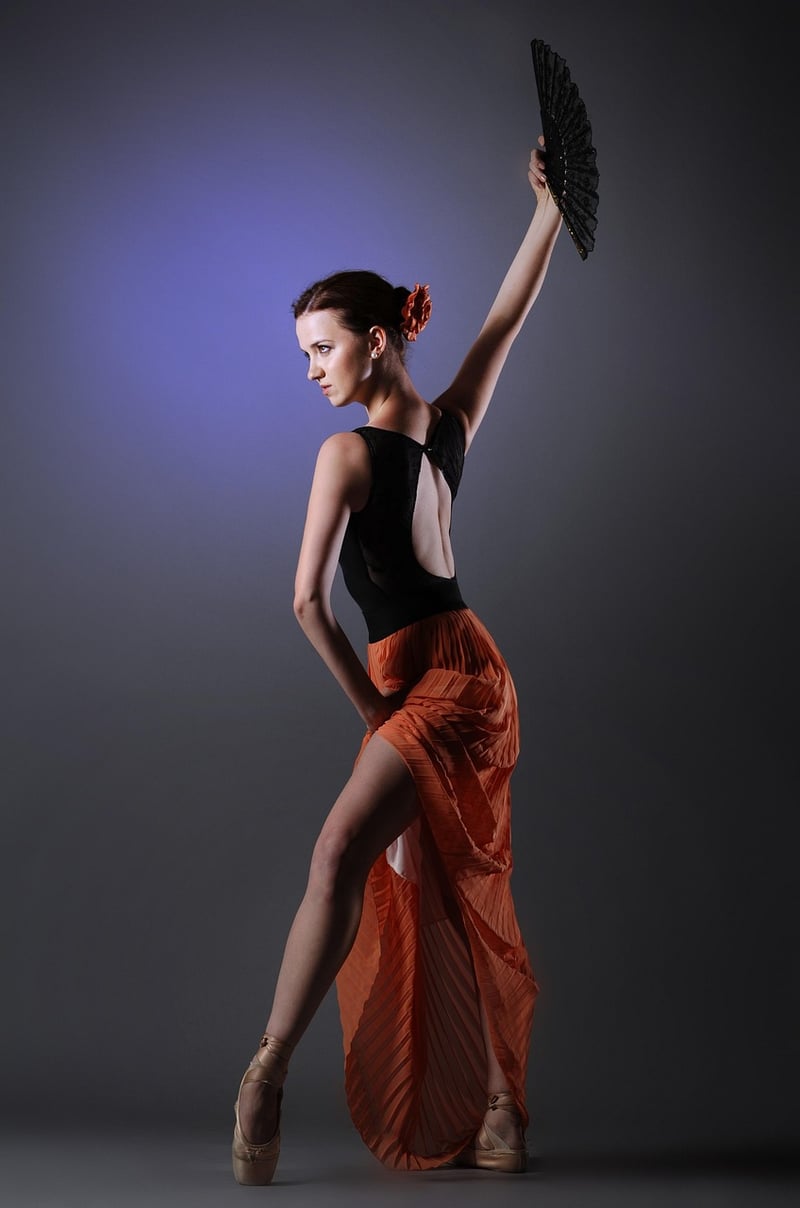Hip Hop
The Power of Expressive Movement in Hip Hop Culture

Introduction
Hip hop culture has long been intertwined with expressive movement, where dancers use their bodies to convey stories, emotions, and rhythms. In this article, we explore the significance of expressive movement within the realm of hip hop.
History of Hip Hop Dance
Hip hop dance originated in the 1970s in New York City, alongside the emergence of hip hop music and graffiti art. It was a way for marginalized communities to express themselves creatively and assert their identities.
Elements of Expressive Movement
Expressive movement in hip hop is characterized by its fluidity, athleticism, and emotional depth. Dancers often incorporate elements of street dance, breaking, popping, locking, and krumping to create a unique and dynamic style.
Impact on Culture
Through expressive movement, hip hop dancers challenge societal norms, celebrate diversity, and create spaces for self-expression. They use their bodies as instruments of storytelling, activism, and empowerment.
Community and Connection
Hip hop dance fosters a sense of community and connection among dancers, who often come together to share their passion for movement. It transcends language barriers and cultural differences, uniting people through a universal love for dance.
Embracing Individuality
Expressive movement in hip hop encourages dancers to embrace their individuality and express themselves authentically. It celebrates personal style, creativity, and the freedom to move in ways that feel genuine and empowering.
Conclusion
In conclusion, expressive movement plays a vital role in hip hop culture, serving as a powerful form of self-expression, creativity, and connection. Through dance, individuals can communicate their stories, emotions, and experiences, making a lasting impact on both the dance community and society at large.
Experience the transformative power of expressive movement in hip hop today!
